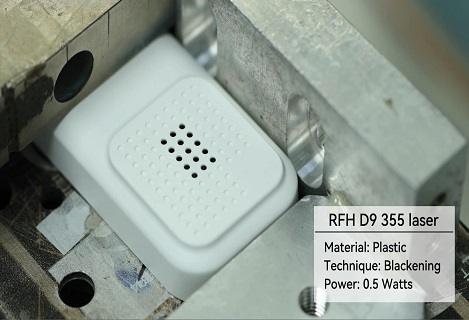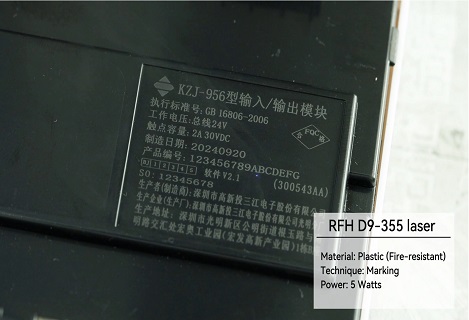
Exploring the Power of the 5W Nanosecond UV Laser in 3D SLA Printing

In the world of 3D printing, the continuous pursuit of faster and more precise printing technologies has led to the development of the 5W nanosecond UV laser. This cutting-edge laser technology has revolutionized the field of stereolithography (SLA) printing, offering unprecedented speed and accuracy. In this article, we will delve into the workings of the 5W nanosecond UV laser and its impact on 3D SLA printing.
1. What is a 5W Nanosecond UV Laser?
A 5W nanosecond UV laser is a high-powered laser system that emits ultraviolet (UV) light with a power output of 5 watts. The term "nanosecond" refers to the duration of the laser pulses, which are incredibly short, typically in the range of a few billionths of a second. This rapid pulse duration allows for precise control and efficient curing of photosensitive resins used in SLA printing.
2. The Role of UV Light in SLA Printing:
SLA printing relies on the photopolymerization process, where a liquid resin is selectively cured by UV light to create solid objects layer by layer. UV light triggers a chemical reaction in the resin, causing it to harden and solidify. The 5W nanosecond UV laser provides the necessary energy to initiate this reaction, ensuring accurate and rapid curing of the resin.
3. Advantages of the 5W UV Laser:
a. Speed: The high power output of the 5W nanosecond UV laser enables rapid curing of the resin, significantly reducing printing times. This is particularly beneficial for large-scale production or time-sensitive projects.
b. Precision: The short pulse duration of the laser allows for precise control over the curing process, resulting in highly detailed and accurate prints. This is crucial for applications that require intricate designs or fine features.
c. Versatility: The 5W nanosecond UV laser can be used with a wide range of photosensitive resins, offering flexibility in material selection. This opens up possibilities for various applications, including prototyping, product development, and even medical and dental applications.
4. Considerations and Limitations:
While the 5W nanosecond UV laser offers numerous advantages, it's important to consider a few limitations:
a. Cost: High-powered laser systems can be expensive, making them more suitable for industrial or professional use rather than personal or hobbyist applications.
b. Safety: UV light can be harmful to human eyes and skin. Proper safety precautions, such as wearing protective eyewear and working in a controlled environment, are essential when using the 5W nanosecond UV laser.
c. Material Compatibility: Some photosensitive resins may not be compatible with the specific wavelength emitted by the 5W nanosecond UV laser. It's crucial to ensure the resin used is suitable for the laser system to achieve optimal results.
Conclusion:
The 5W nanosecond UV laser has emerged as a game-changer in the world of 3D SLA printing. Its high power output, precision, and versatility make it an ideal choice for professionals seeking faster and more accurate printing capabilities. As technology continues to advance, we can expect further innovations in laser systems, pushing the boundaries of what is possible in 3D printing.




































